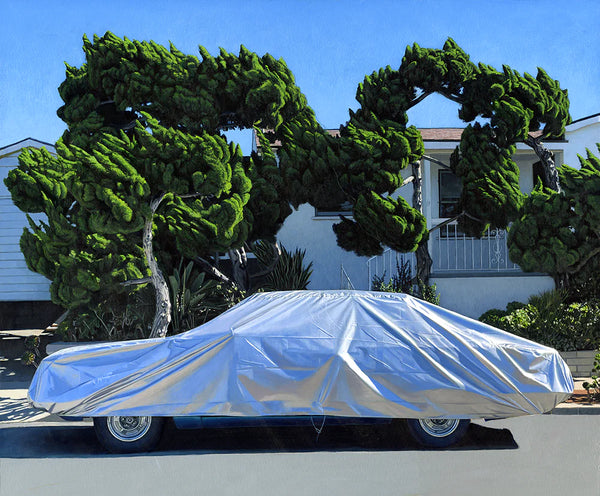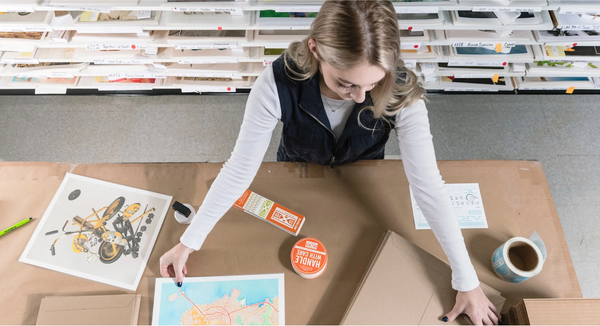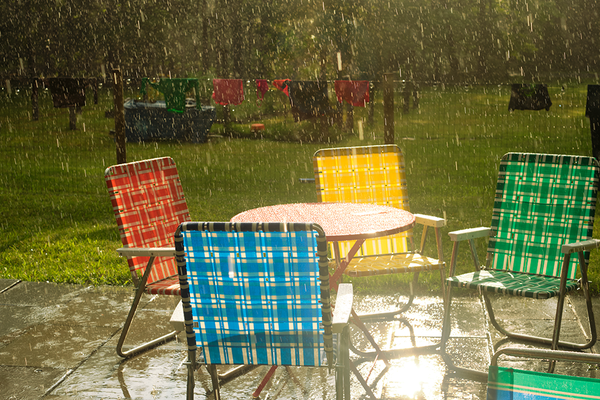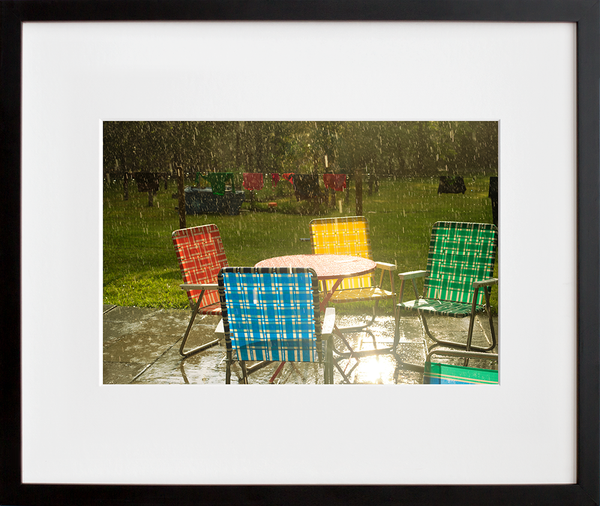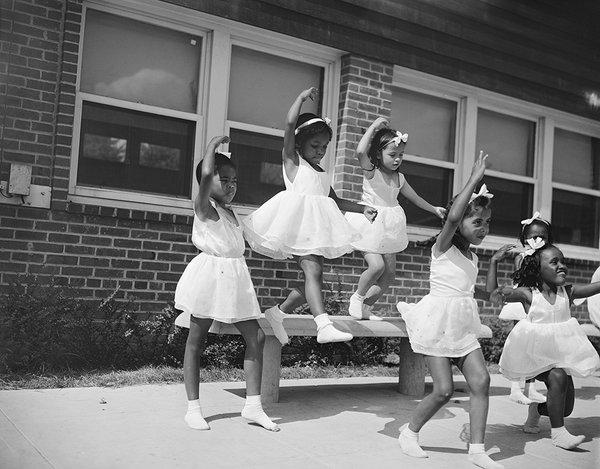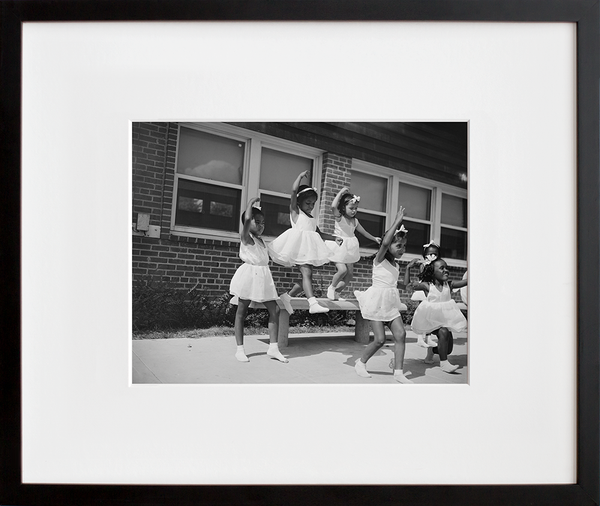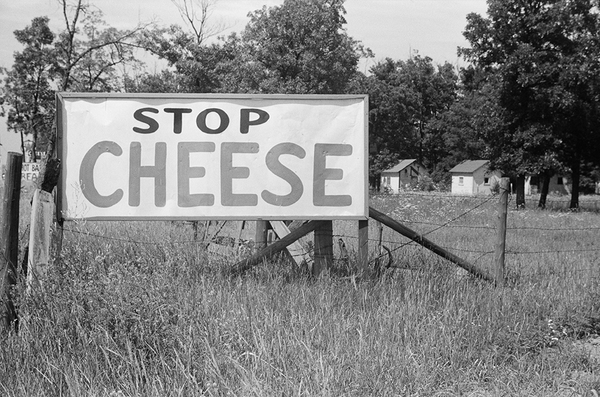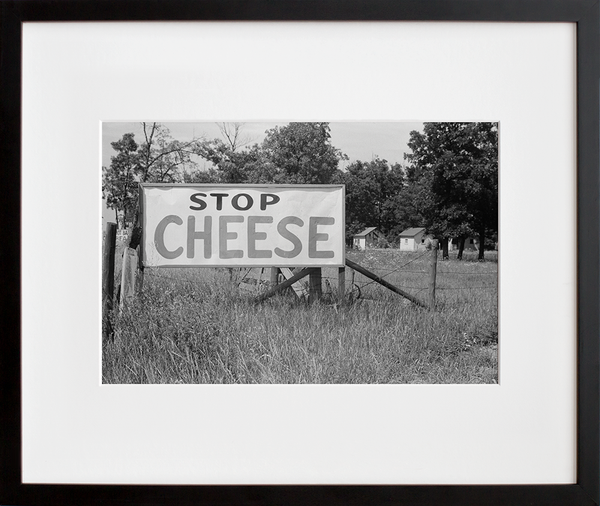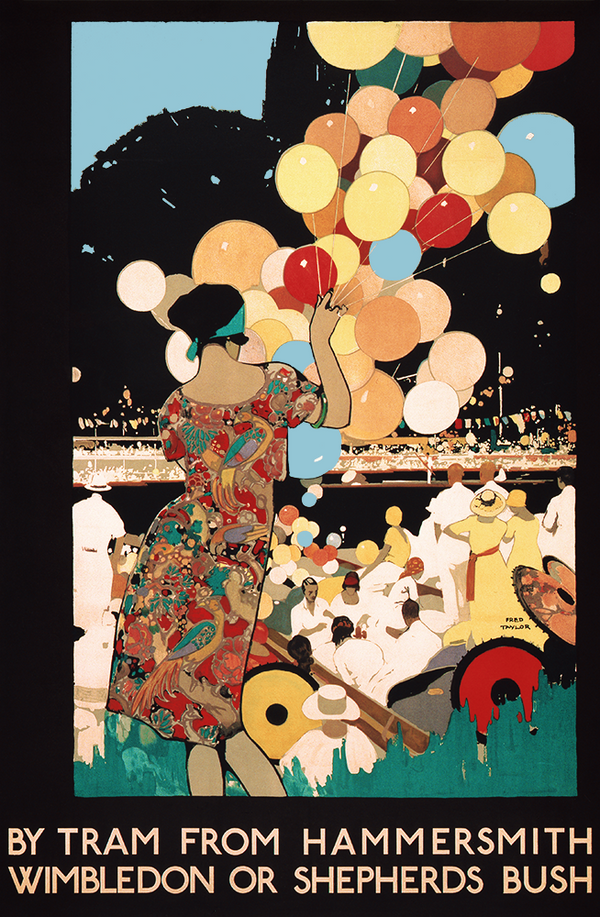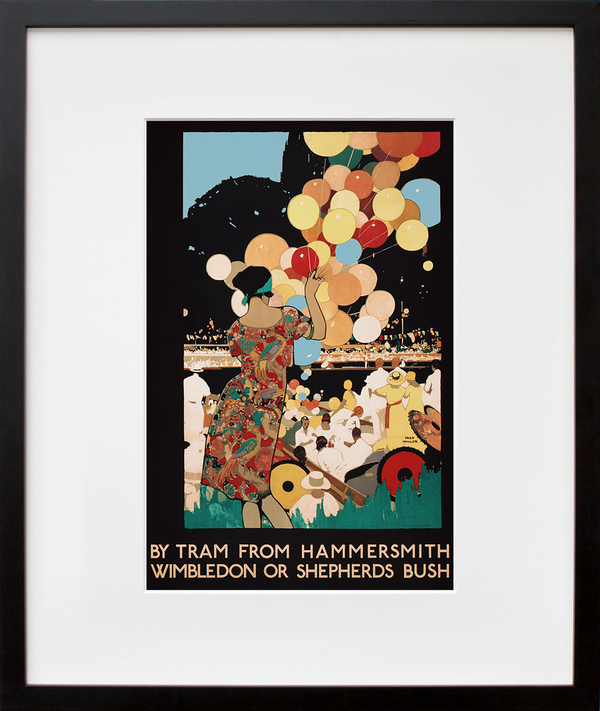Milk Drop Coronet by Harold Edgerton
10"x8" ($40) | 14"x11" ($85) | 20"x16" ($275) | 24"x20" ($675) | 30"x24" ($1,100)
American scientist Harold “Doc” Edgerton was nicknamed “Papa Flash” for a reason: he pioneered the usage and subsequent popularization of the stroboscope in the photography of momentary events, enabling the capture of an image in split seconds. Milk Drop Coronet, our newest Vintage Edition, is one of his more iconic triumphs. Like the popped balloons he captured mid-explosion, Edgerton enabled the human eye to witness never before seen fragments of time. Milk Drop Coronet, as the name suggests, is his freeze frame of a single drop of milk coming into contact with a red pan, undulating outwards from the center of impact, and shooting upwards like ocean waves to form the shape of a queen’s crown. The poetic and balletic micro-spectacle awes, not just from an artistic perspective, but a scientific one as well.
The stroboscope utilized by Edgerton produced rapid electronic flashes to capture these split-second images (you know, like a strobe light) and had been a prominent part of Albanian photographer Gjon Milli’s arsenal throughout his time photographing various subjects for Life Magazine in the 1930s. Edgerton and Milli formed a lifelong alliance in that same decade, and, being a scientist, Edgerton realized the research potential inherent in the photographic technique enabled by the tool. Nobody had seen or been able to study images of a flying bullet until Edgerton’s work with the stroboscope and shadowgraph, another photographic approach he harnessed.
His innovations didn’t stop there: contracted by the United States government, he photographed nuclear explosions in the 50s and 60s by developing and using a specialized camera called the Rapatronic. He is responsible for arming famed undersea researcher Jacques Cousteau with the world’s first underwater flash camera, and created multiple new sonar techniques that gave scientists the unprecedented ability to locate, view and study shipwrecks and the ocean floor.
Milk Drop Coronet, taken in 1957, made a splash in both the art world and the scientific community when it debuted. The photograph has been shown in multiple museums, and was lauded as one of the most influential photographs of all time by–who else–Time Magazine (see this TIME video for additional context). Edgerton’s humble setup of this captivating scene involved positioning a milk-filled dropper over the selected pan, releasing drops one after another. The first droplet’s collision with the pan is depicted here as a second droplet begins to descend from the top of the frame.
Edgerton’s strikingly beautiful freeze frame makes the viewer ponder infinity both spiritually and physically–not just the concept of time’s forward march, but the preciousness of even the smallest measures of time that pass us by without notice or documentation. The precious profundity of the micro lends perspective to the macro; a symphony in a droplet.


